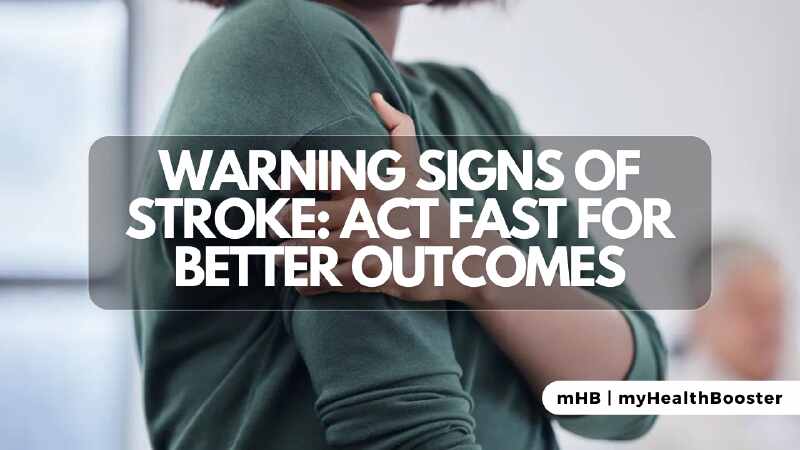In healthcare, knowledge is power, and recognizing the warning signs of a stroke is crucial for prompt intervention. Stroke, often referred to as a “brain attack,” occurs when blood flow to the brain is disrupted, leading to potential long-term damage or even death. The key to minimizing the impact of a stroke lies in acting quickly. In this article, we’ll delve into the warning signs of a stroke and why it’s imperative to act FAST for better outcomes.
What is a Stroke?
A stroke can manifest in various ways, and being able to identify its warning signs is the first step towards timely intervention. There are three main types of strokes: ischemic, hemorrhagic, and transient ischemic attack (TIA). Ischemic strokes are caused by a blockage in a blood vessel, while hemorrhagic strokes result from bleeding in the brain. TIAs, often considered “mini-strokes,” are temporary disruptions in blood flow. Regardless of the type, recognizing symptoms promptly can make a significant difference in the aftermath of a stroke.
The FAST Acronym
The acronym FAST is a simple and effective way to remember the common signs of a stroke:
- F – Face Drooping: One side of the face may droop or become numb. Ask the person to smile, and if one side of their face doesn’t move as the other does, it could be a sign of a stroke.
- A – Arm Weakness: Sudden weakness or numbness in one arm is another warning sign. To check for this, ask the person to raise both arms. If one arm drifts downward or is unable to rise, it could indicate a stroke.
- S – Speech Difficulty: Slurred speech or difficulty speaking coherently can be a red flag. Ask the person to repeat a simple sentence. If they struggle to do so or their words are slurred, it may be a sign of a stroke.
- T – Time to Call Emergency Services: If you observe any of these signs, don’t hesitate to call emergency services immediately. Time is of the essence when dealing with a stroke, as early intervention can significantly improve the chances of recovery.
Conclusion
In the face of a stroke, every second counts. Recognizing the warning signs and acting FAST can make a significant impact on the outcome. By spreading awareness and understanding the importance of immediate action, we can collectively contribute to better outcomes for individuals at risk of strokes. Stay informed, stay vigilant, and remember – acting FAST can save lives.
